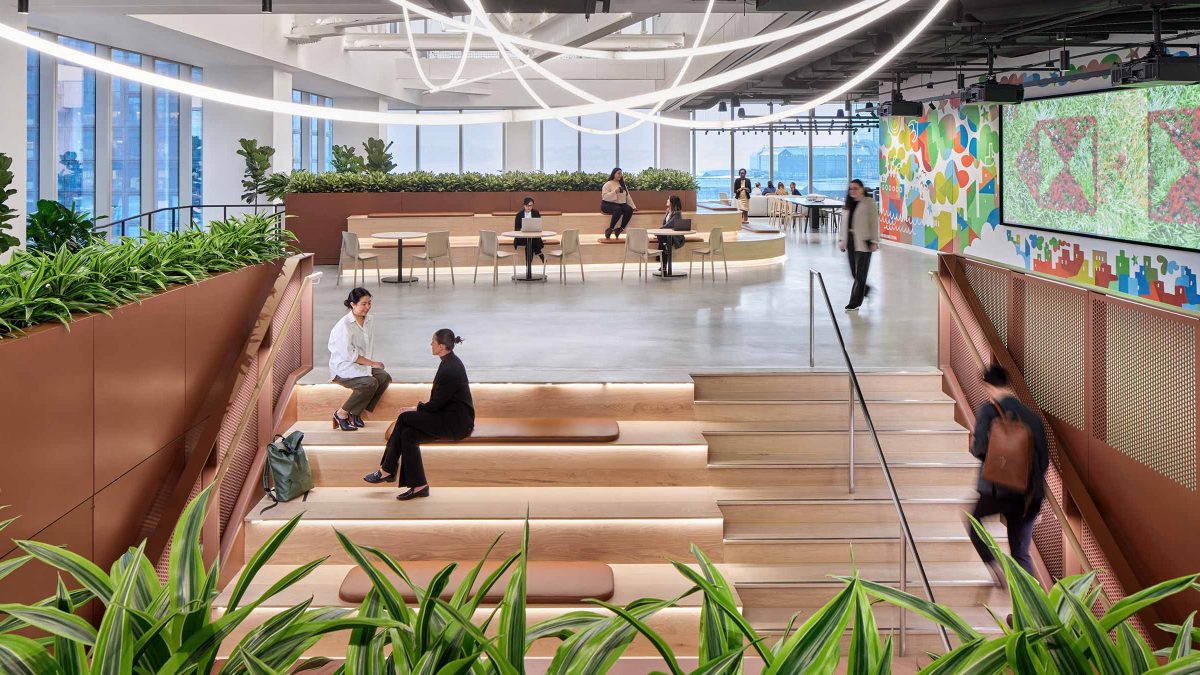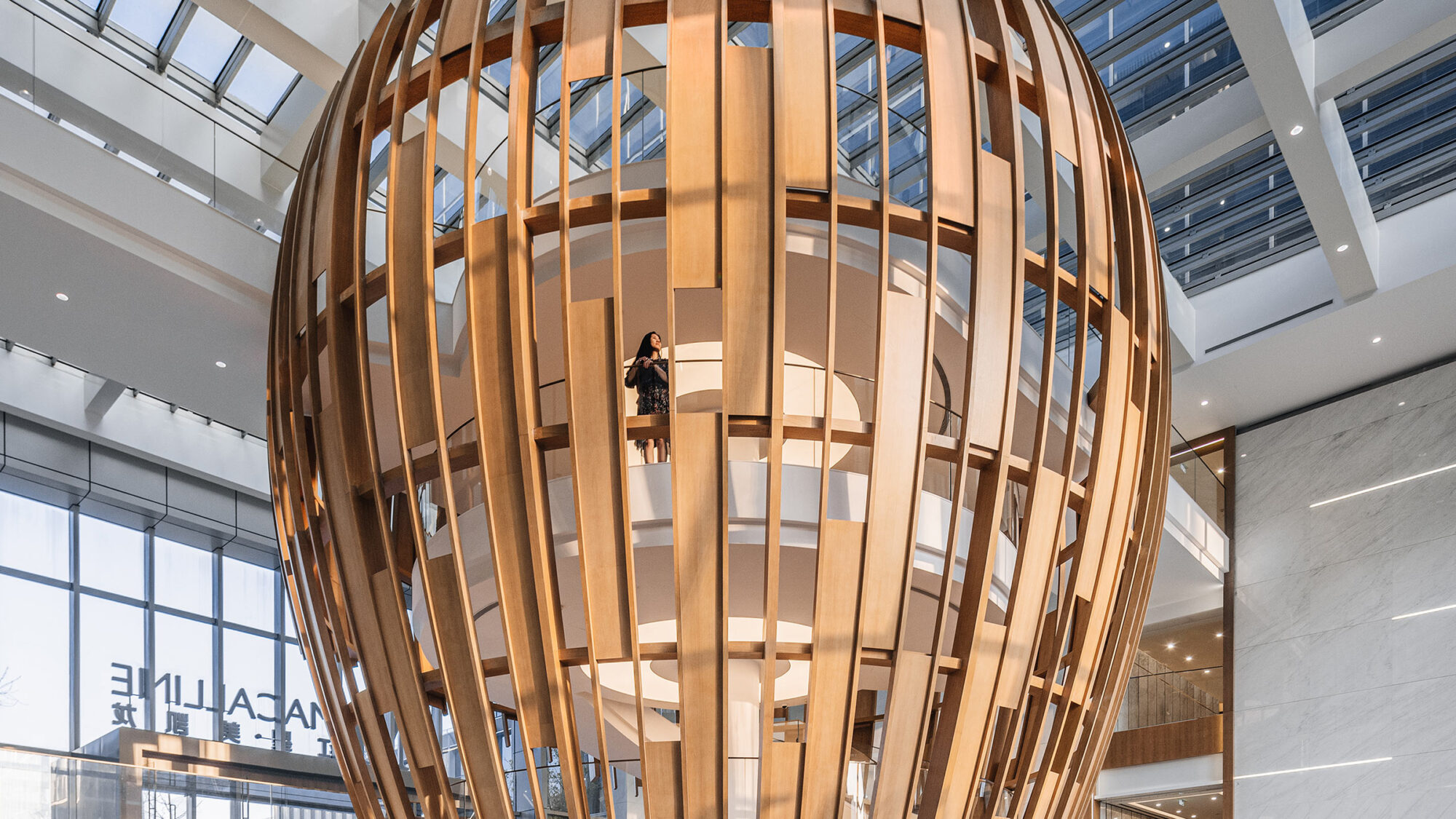

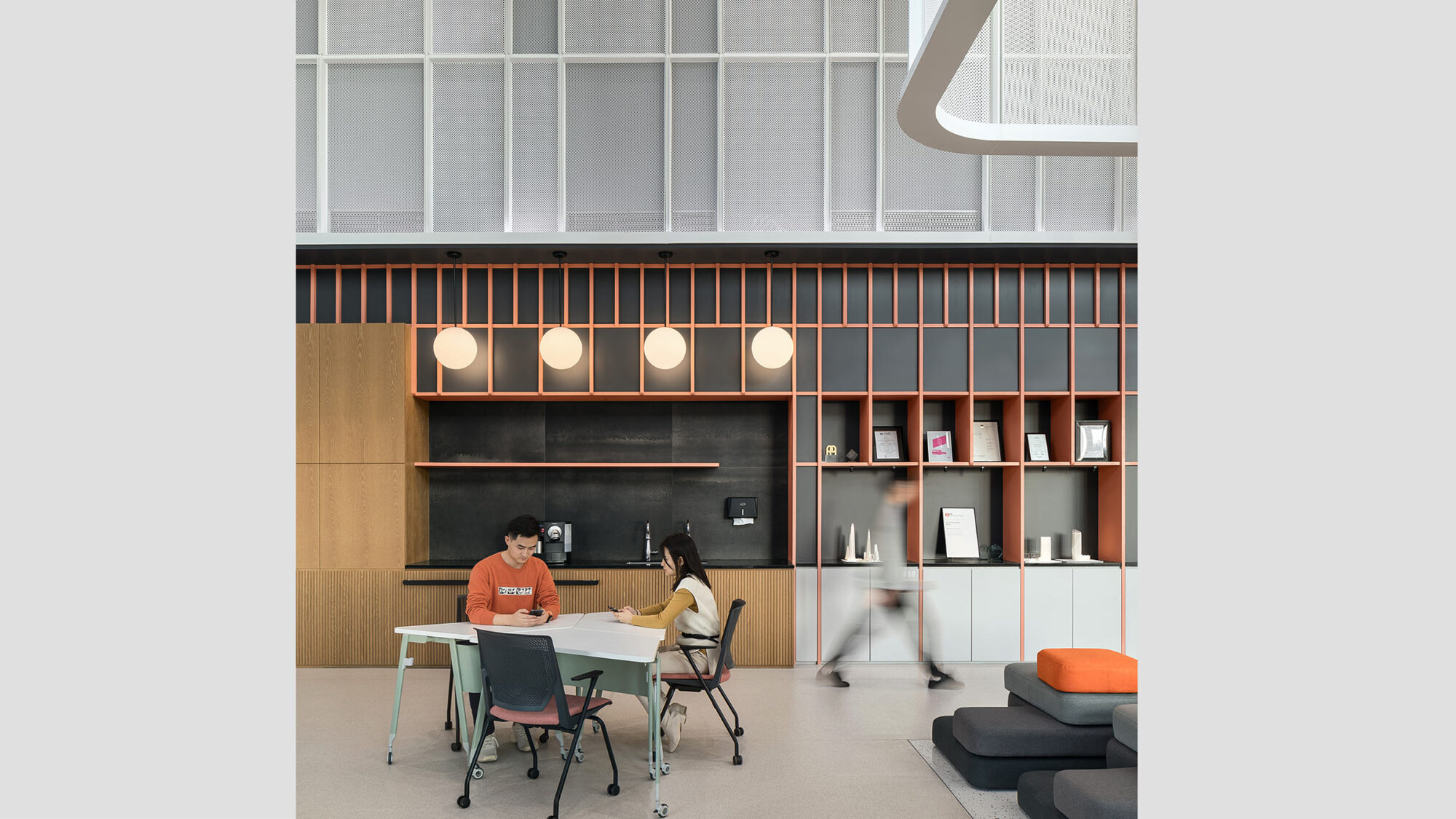


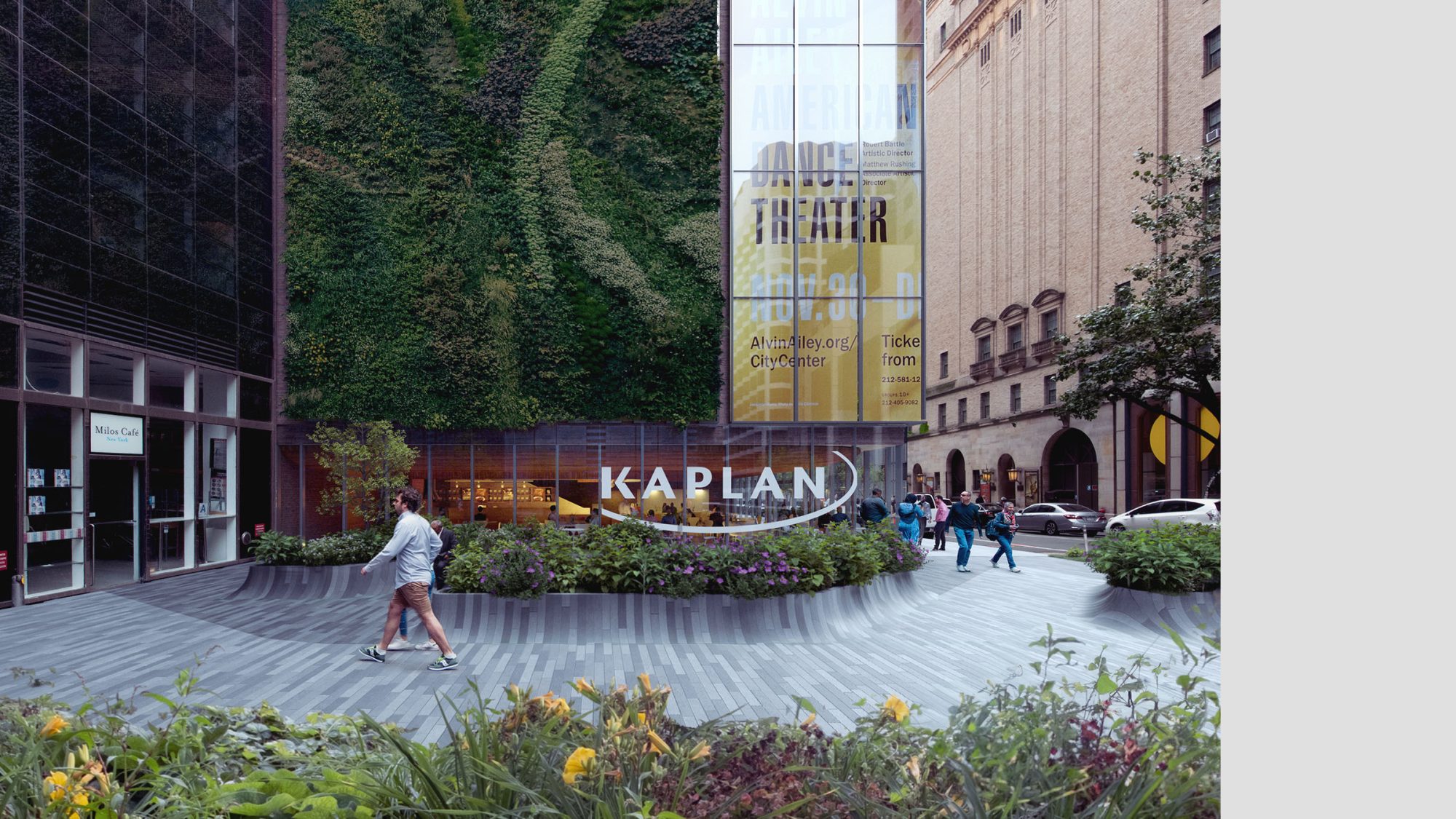
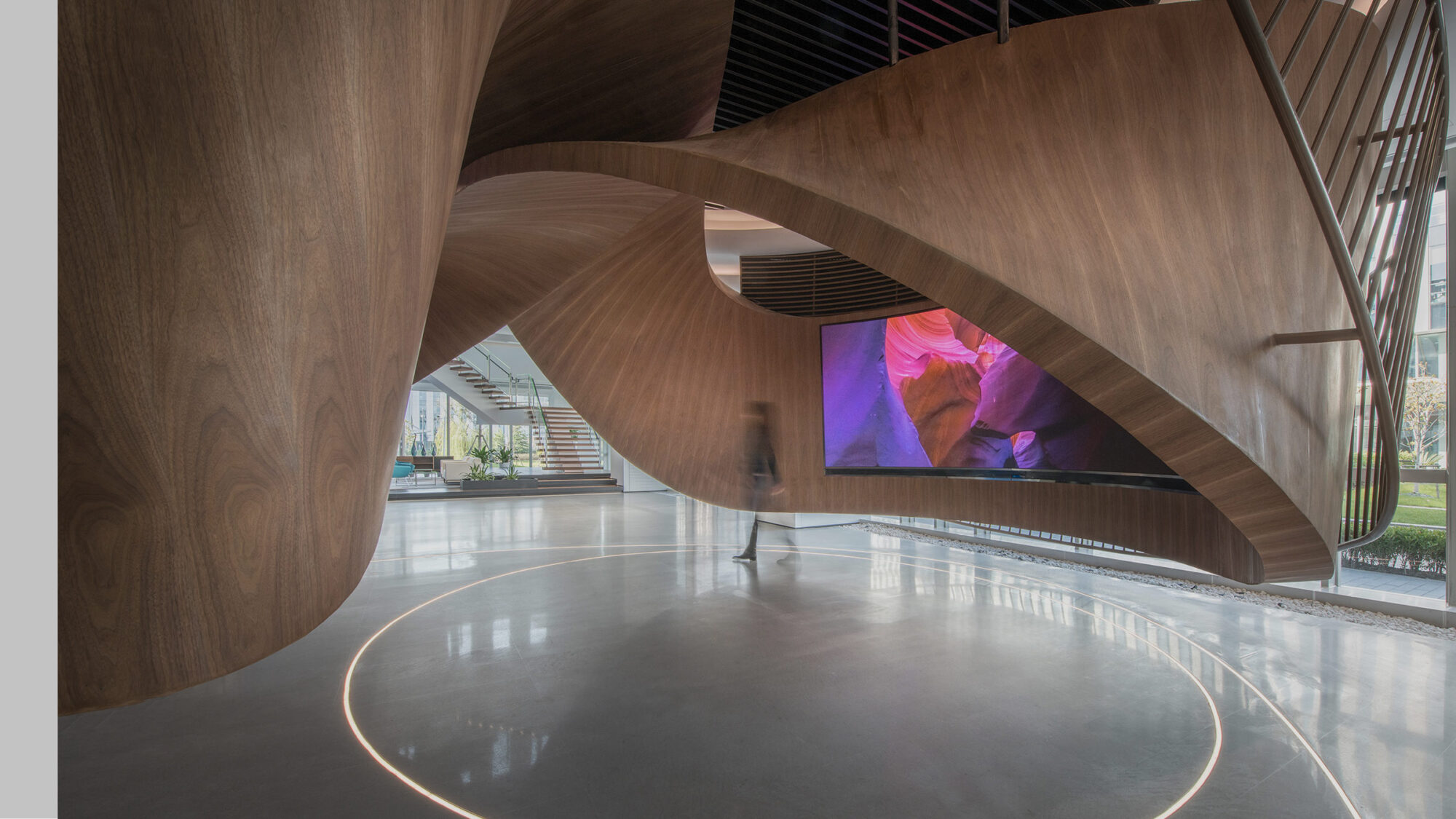
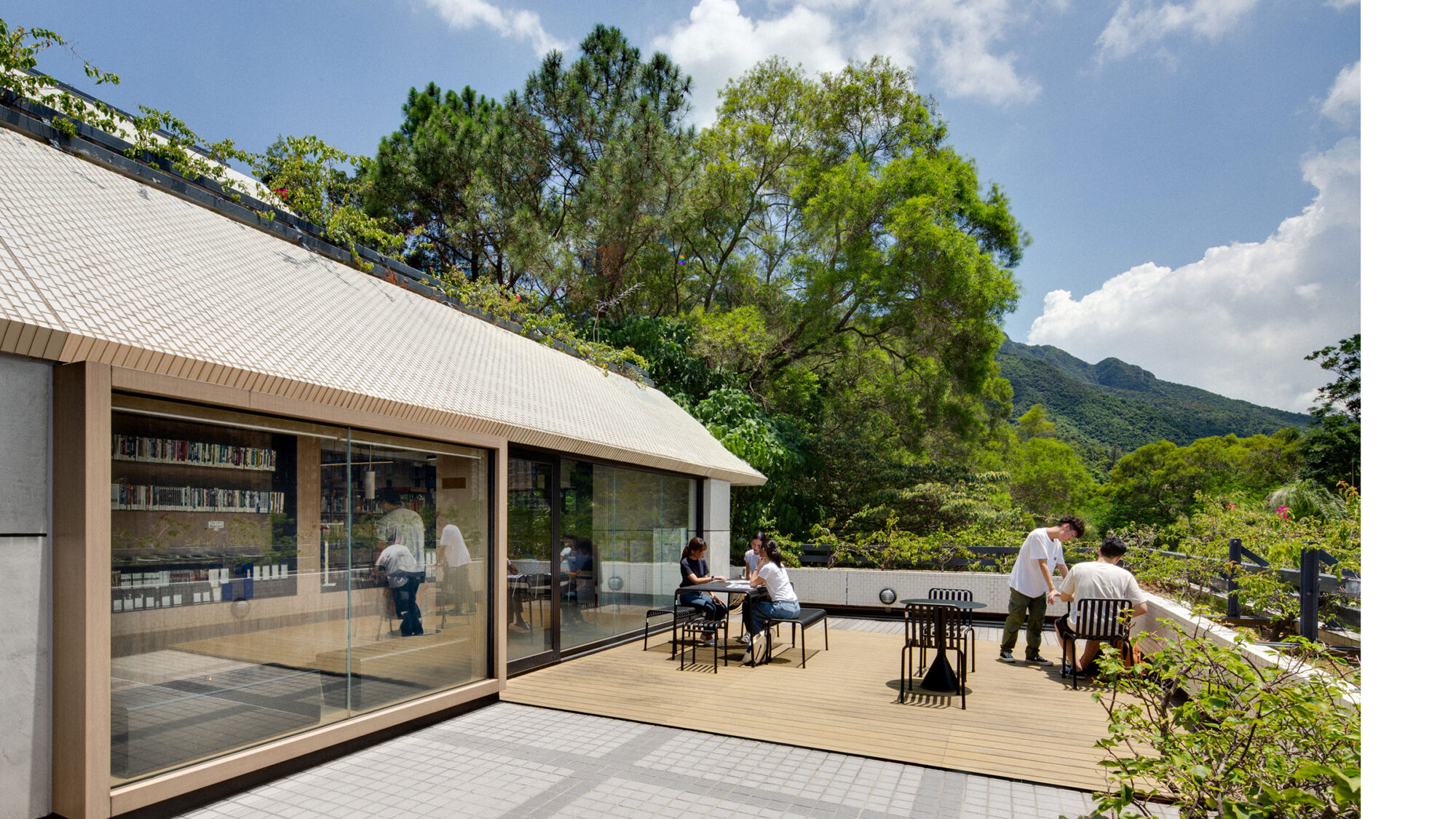
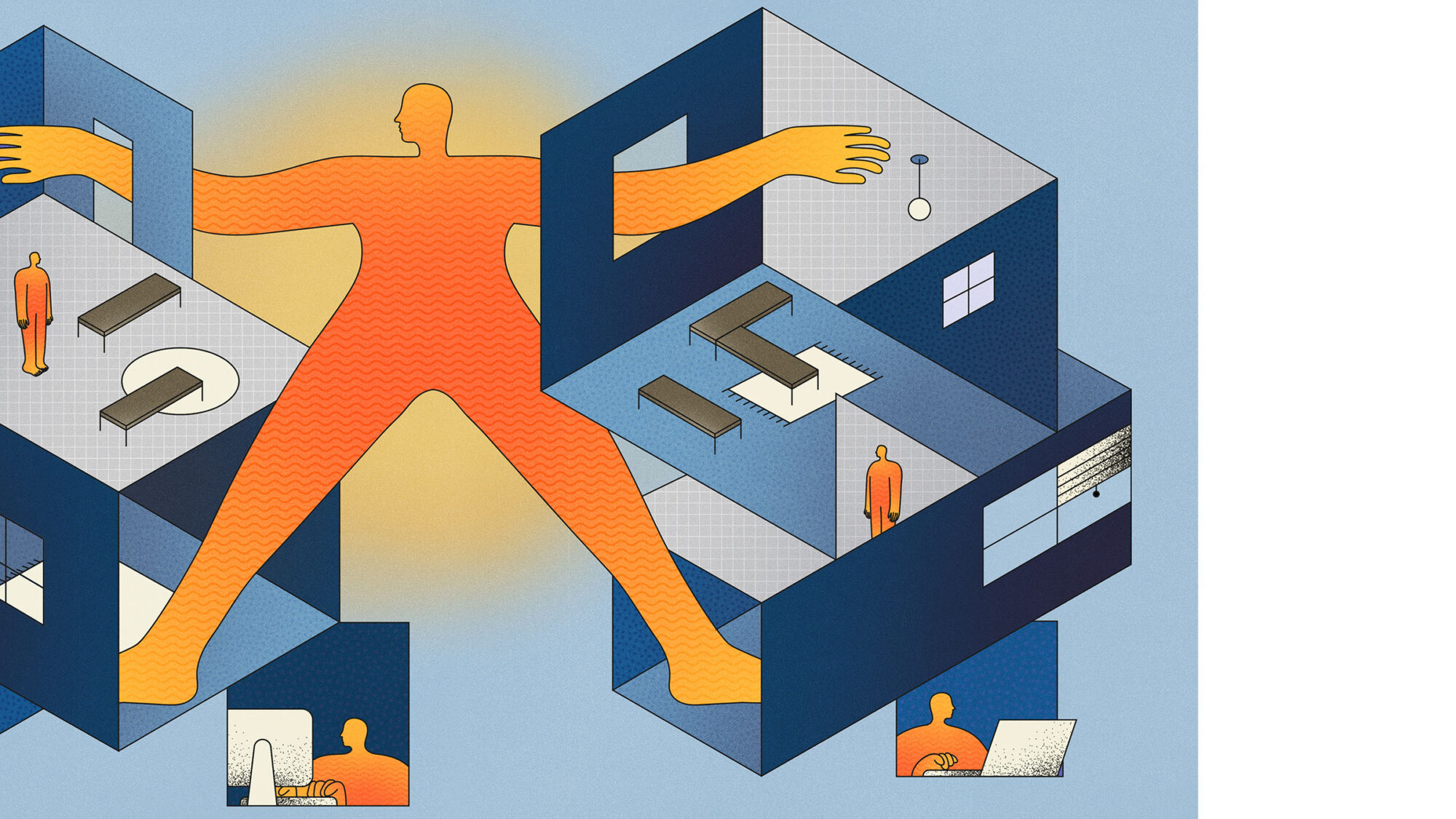
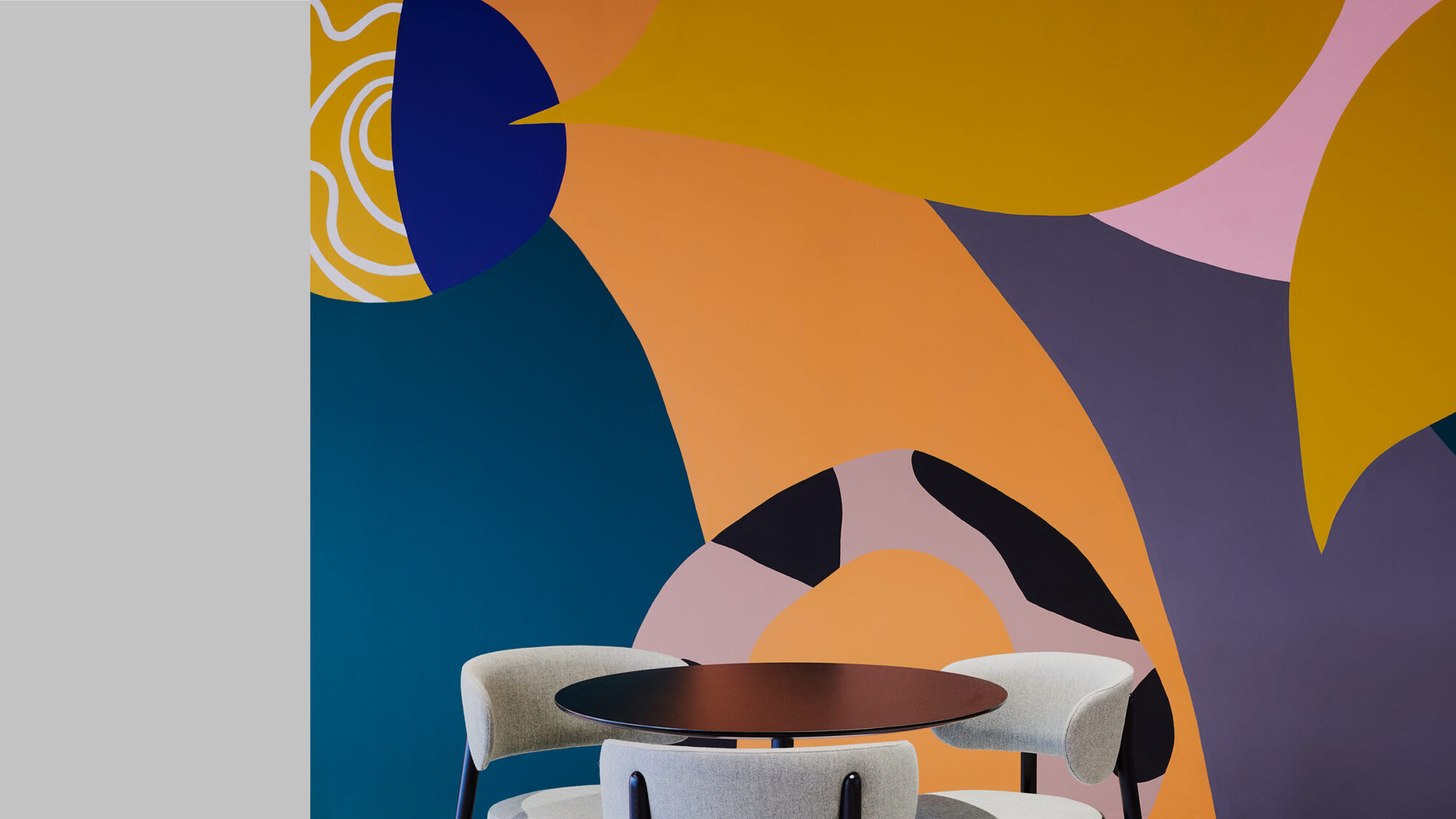
How technology, sustainability and social connection are shaping the future of HSBC’s Hudson Yards HQ
In their new NYC HQ project, HSBC and M Moser set out to challenge traditional ideas about financial workplaces. The goal was clear: create an environment that facilitates engagement, wellbeing and adaptability while integrating cutting-edge sustainability and smart technology.
At WORKTECH’s financial workplace forum, HSBC and M Moser leaders shared their insights in a panel discussion. They discussed designing a workplace beyond legacy industry norms, debunking myths and overcoming the challenges of breaking the status quo. They also explored the impact of the project on HSBC’s people and business.
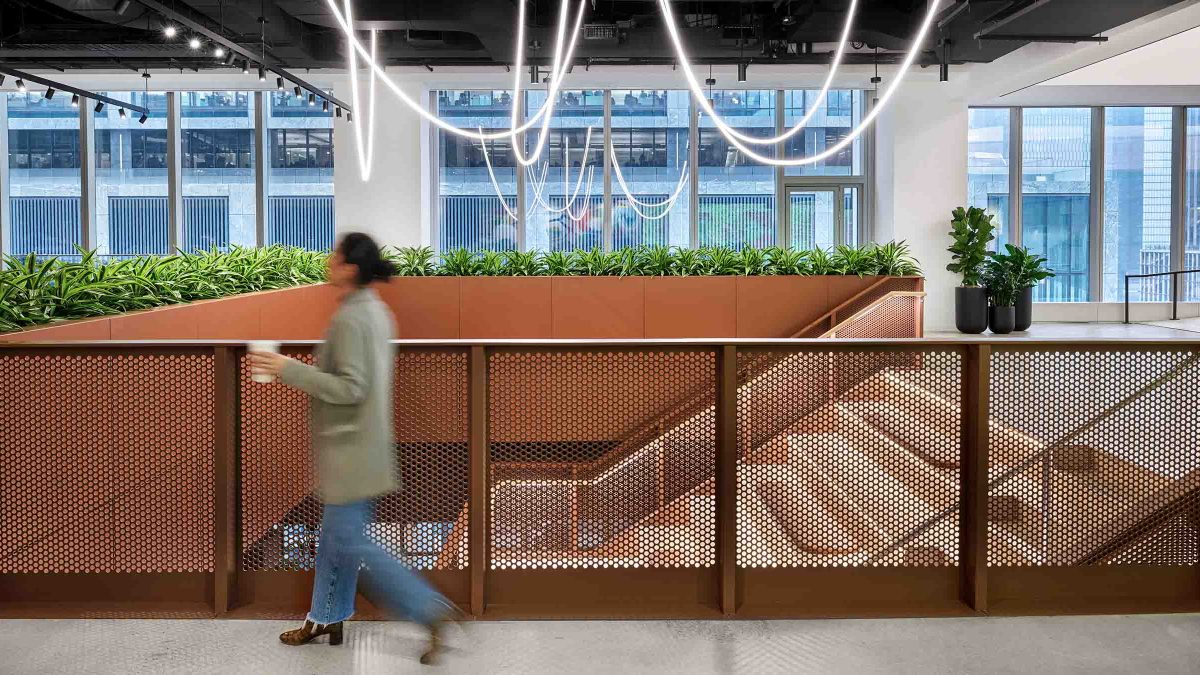
As the session opened, Raquel Sachser, Director & Co-Head of M Moser NY, reflected on HSBC’s transformational journey:
“Over four years ago, this space was just a concept. We set out to create one of the most integrated and aspirational projects we had ever done. Our conversations revolved around the experiences we wanted every HSBC employee to have—pride in their place of work, engagement, comfort, wellbeing, security and a seamless user experience. Sitting here now, I know we could not have accomplished this by building to the standard financial guidelines we all know too well.”
Sachser invited the audience to consider their own challenges: “How many of us have ever had a great idea that pushed the boundaries of workplace design? And how many have struggled to gain the necessary buy-in and resources to implement that idea?”
This reality—the difficulty of challenging the status quo—shaped the discussion around four myths that HSBC’s headquarters at The Spiral in Hudson Yards has successfully debunked:
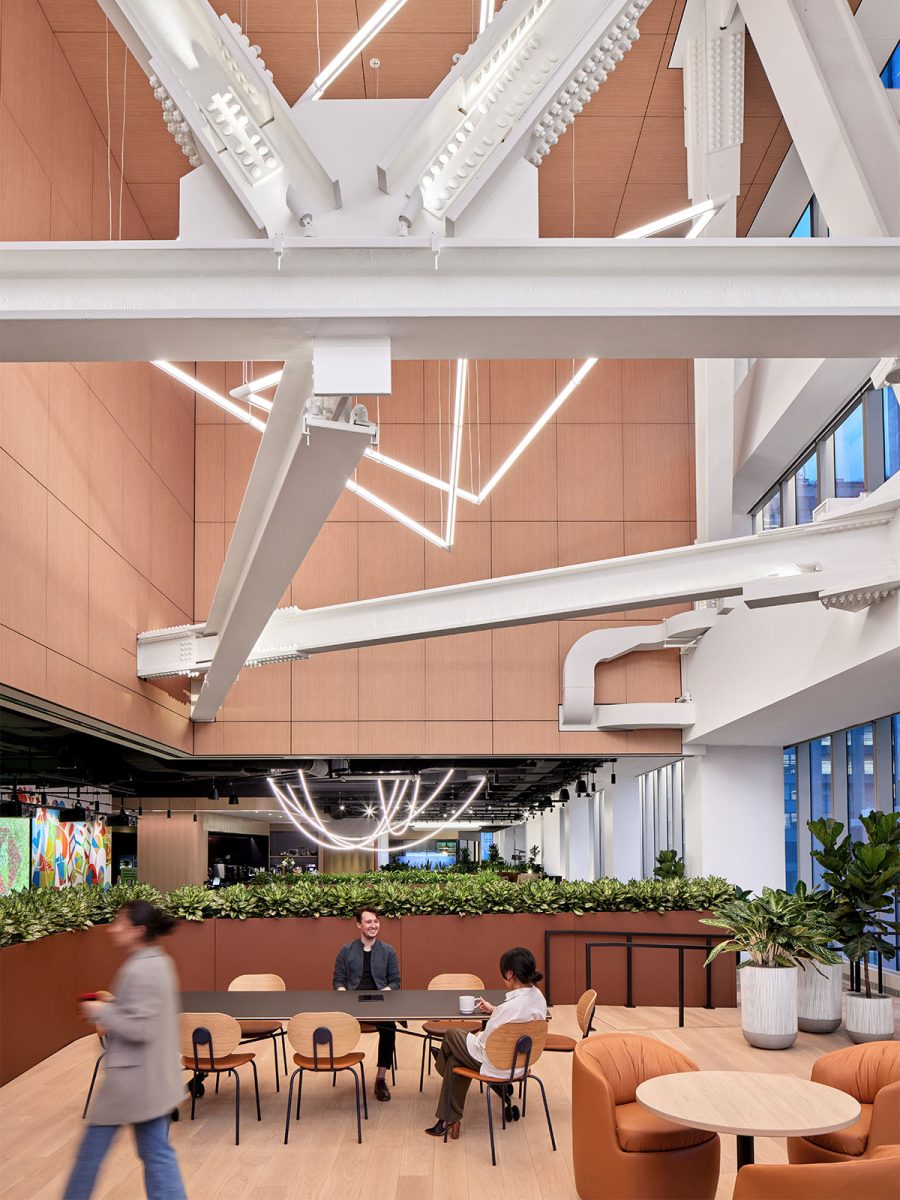
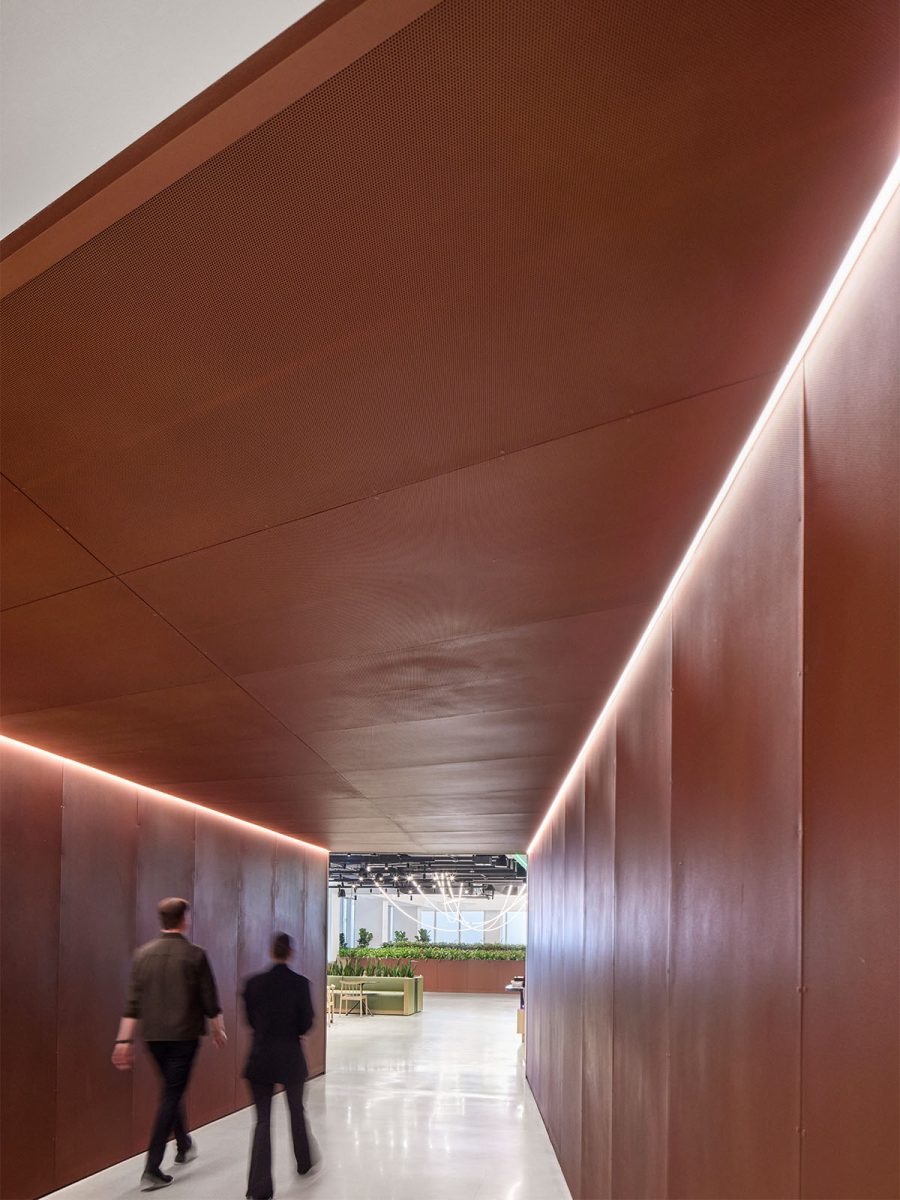
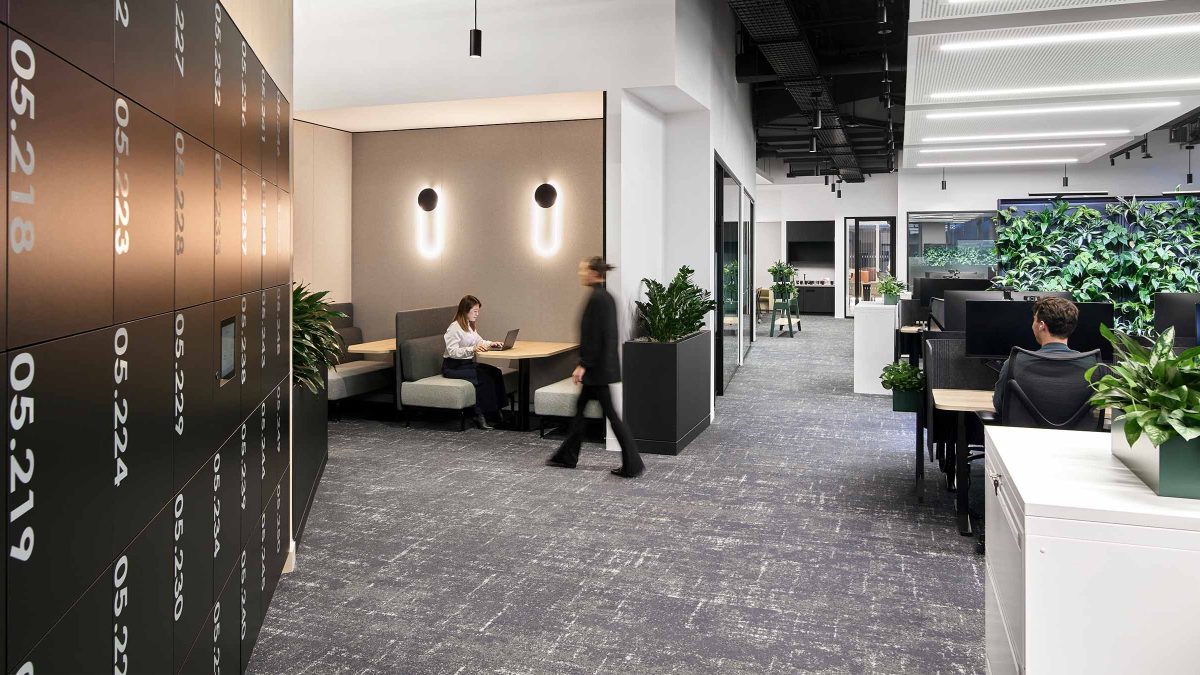
A recurring question in workplace strategy is how to leverage workplace analytics effectively. HSBC’s approach combines sensor data with real-world observations to measure success beyond financial metrics:
“It’s not just about numbers on a dashboard,” said Bob Morelli, Head of Corporate Services at HSBC. “We can walk through the space and see how people are engaging—then use data to refine that experience further.”
According to Grant Christofely, Director of Strategy at M Moser, the goal has always been to use data to refine and enhance the user experience:
“We’re not just collecting data for the sake of it. The intent has always been to use insights to make continuous improvements—ensuring the space adapts to employees’ evolving needs.”
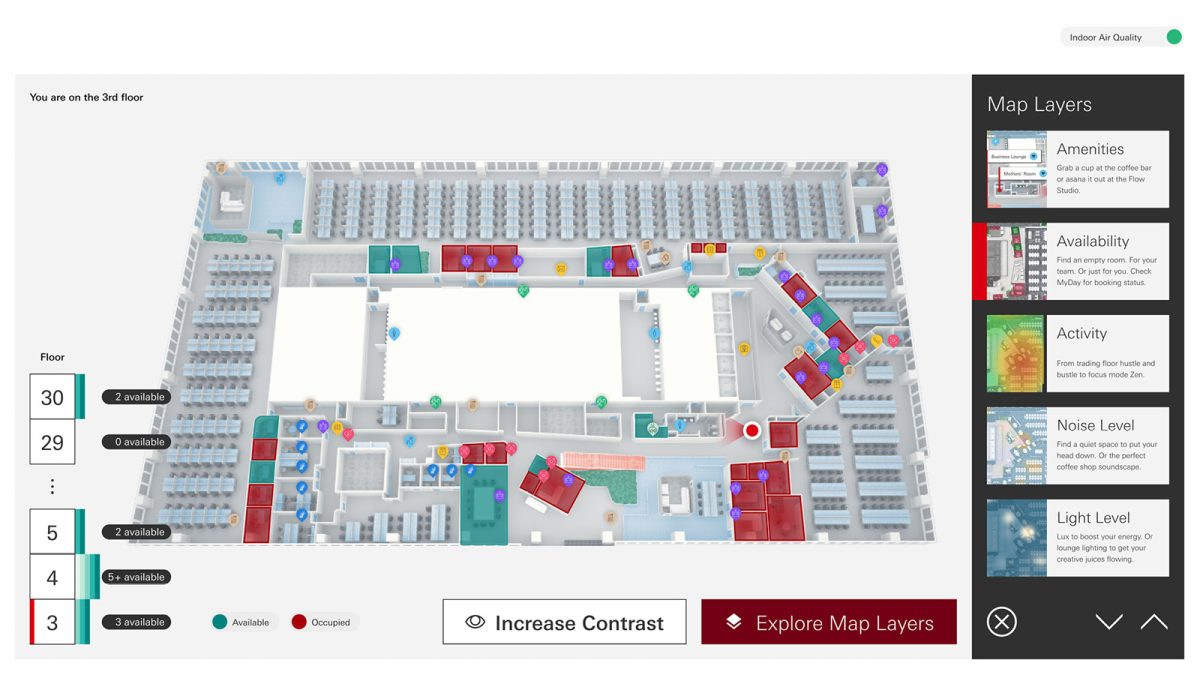
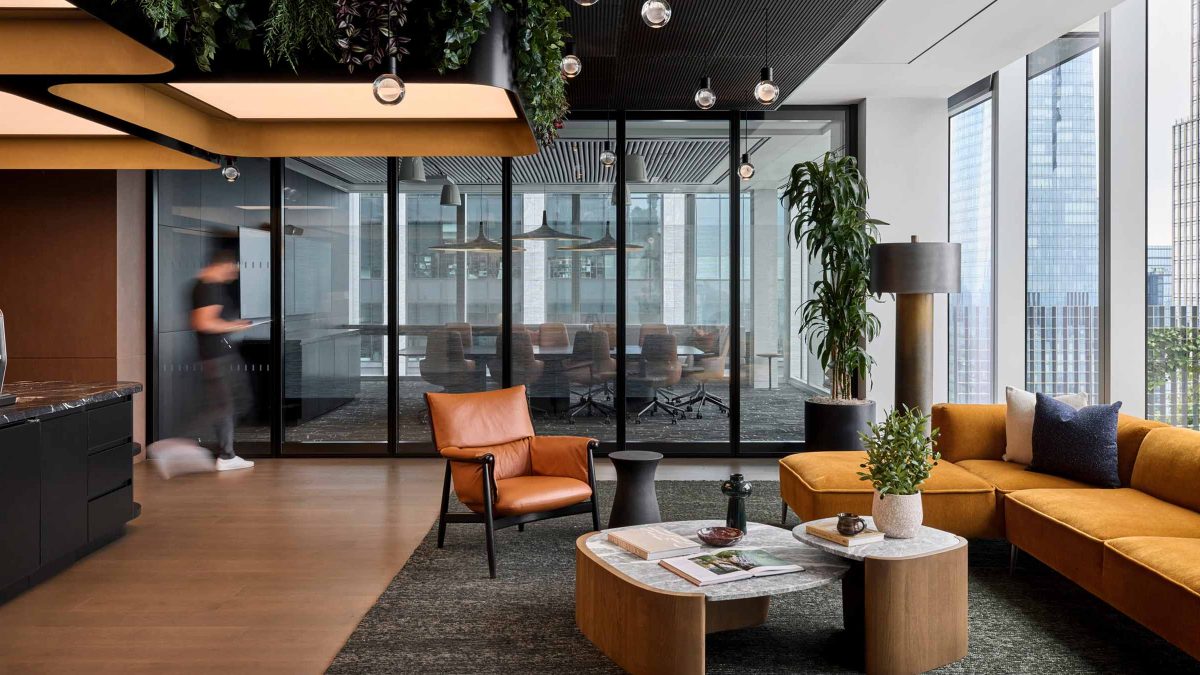
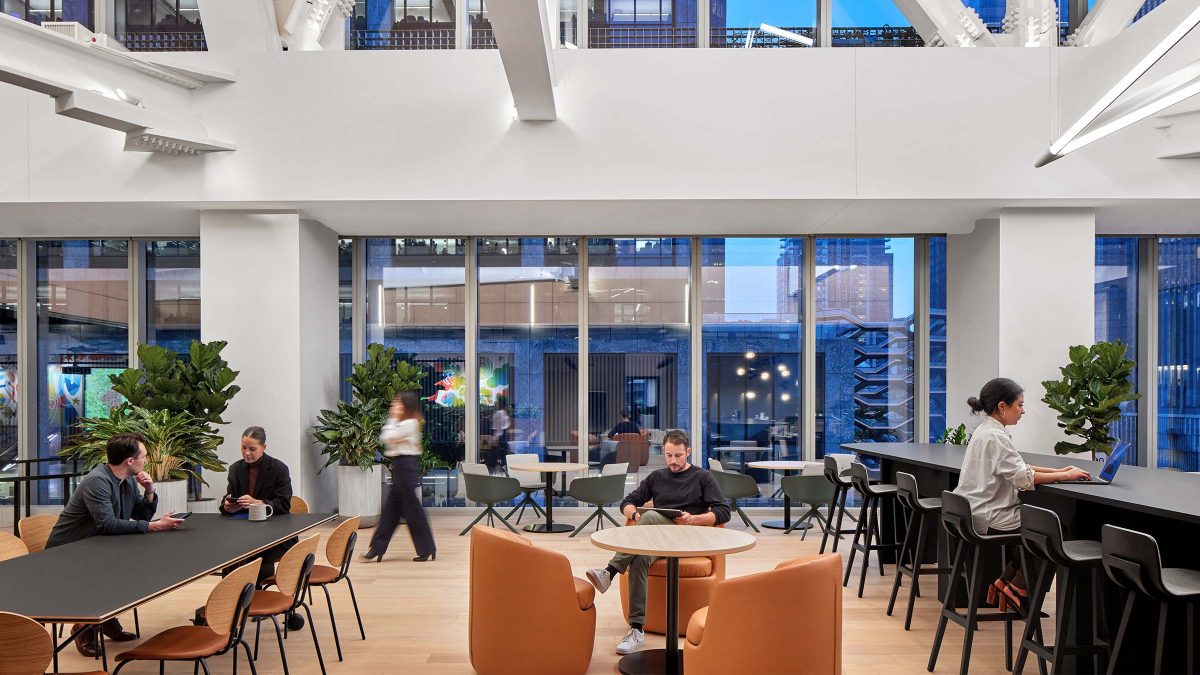
Financial firms face obstacles to workplace transformation, including risk aversion and fear of disruption.
According to Christofely, “The biggest disconnect isn’t about lack of solutions—it’s about the ability to shift mindsets. Many financial firms try to apply old wisdom to modern challenges.”
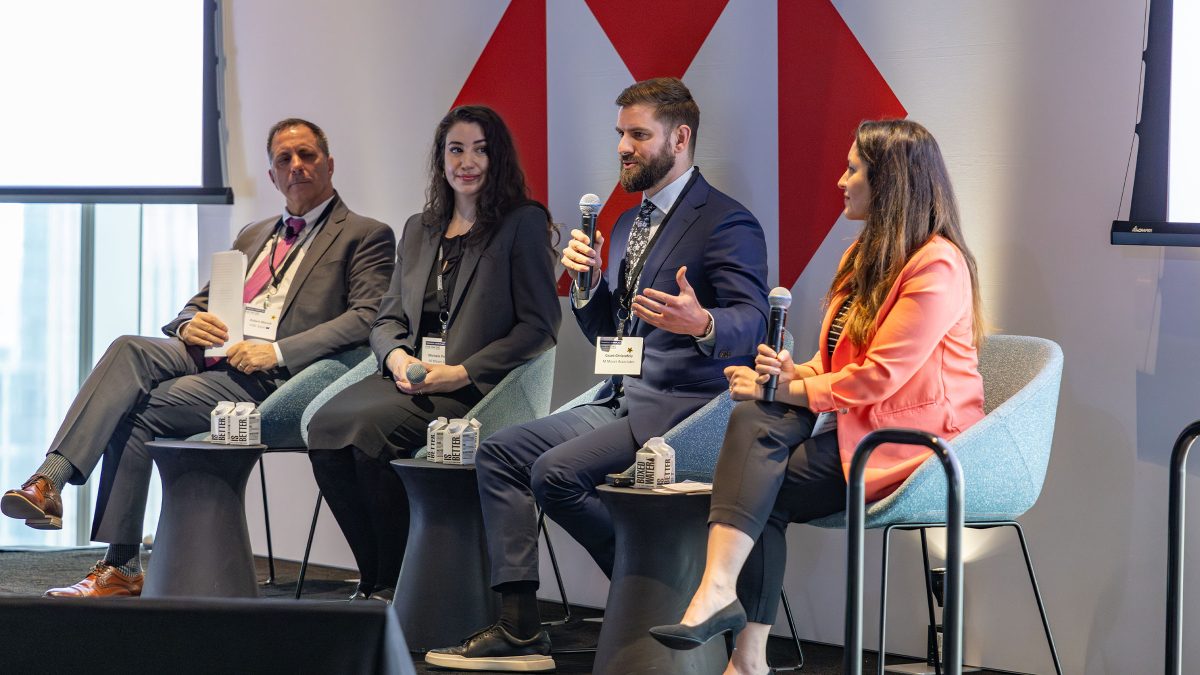
Unlike many organisations that resist change, HSBC embraced uncertainty—and it paid off.
A few examples include the variety of dynamic spaces that actively shape employee engagement and collaboration. As well, the 29th-floor event hub that has eliminated the need for external venue rentals, demonstrating the space’s operational efficiency.
Our project with HSBC has redefined what a financial workplace can be, we hope it will inspire other organisations to rethink their approach to workplace design.
Michele Passalacqua, Senior Sustainability Specialist, M Moser Associates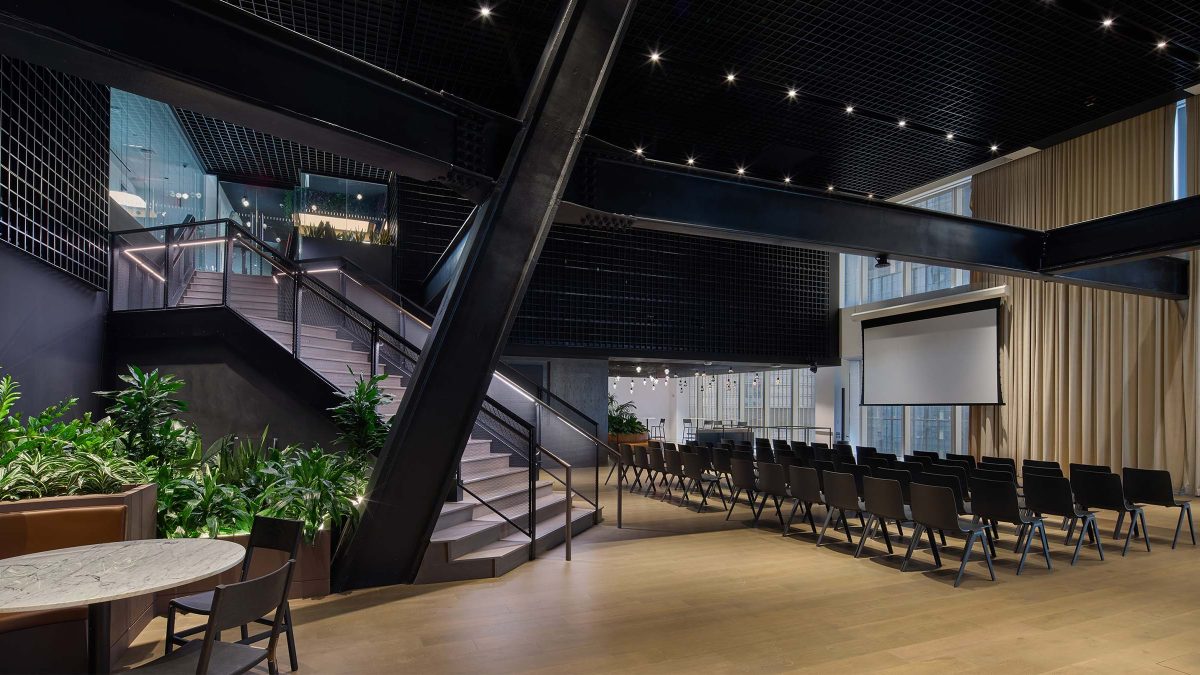
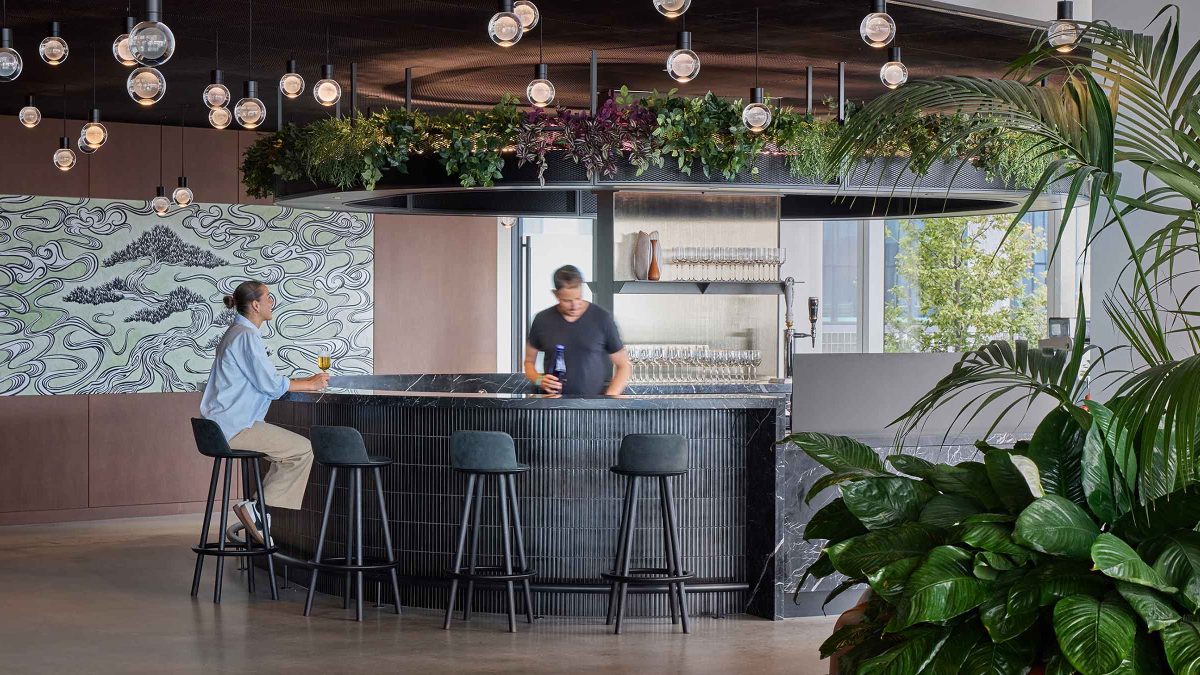
The best workplaces are built on experience, adaptability and a willingness to evolve.
Raquel Sascher, M Moser AssociatesAs the workplace continues to evolve, financial institutions must embrace adaptability. HSBC’s Hudson Yards HQ demonstrates that:
“We see people try to apply old wisdom to a modern problem—and it’s not working,” Sachser concluded. “The world of finance may run on numbers, but the best workplaces are built on experience, adaptability and a willingness to evolve.”
HSBC’s Hudson Yards HQ sets a new precedent. When financial workplaces embrace smart design, sustainability and employee-centric innovation, the payoff extends far beyond the bottom line.
Contact us today to explore how we can tailor smart building solutions to meet your unique needs and support your business goals.
